
The 5 most valuable parts of a pig are not only nutritious
The Nutritional and Medicinal Value of Pig Byproducts: A Hidden Treasure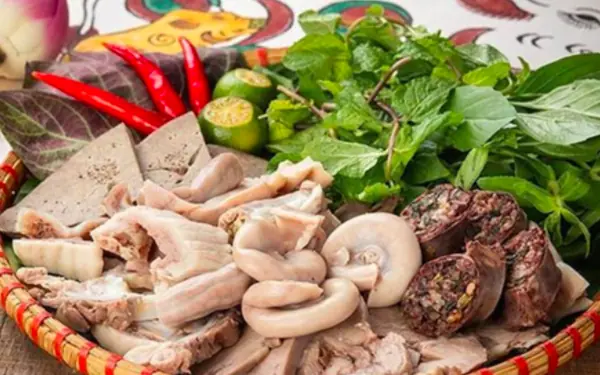
Pork is one of the most widely consumed meats worldwide, offering a rich source of protein and essential nutrients. However, beyond the commonly used cuts such as the loin, ribs, and ham, there exist lesser-known parts of the pig that are equally, if not more, valuable in terms of nutrition and medicinal properties. These parts, often overlooked in modern diets, have been celebrated in traditional medicine and culinary practices for centuries. This essay explores the five most valuable parts of a pig, their benefits, and the reasons why they deserve more attention.
1. Pig Intestines
Pig intestines are a staple in many traditional cuisines, especially in Asia, Europe, and Latin America. When cleaned and prepared properly, they become a delicacy used in dishes like sausages, stews, and fried appetizers. Nutritionally, pig intestines are rich in protein and essential fatty acids. Additionally, they are believed to support gut health when consumed in moderation, as they may contain probiotics and collagen.
From a medicinal perspective, traditional Chinese medicine often uses pig intestines in remedies to strengthen the digestive system. The belief is that consuming animal organs can support the corresponding human organs, a concept known as "organotherapy."
2. Pig Liver
The liver is widely recognized as a superfood due to its high concentration of vitamins and minerals. Pig liver is no exception, offering a wealth of vitamin A, iron, and B vitamins, particularly B12. These nutrients are essential for maintaining healthy vision, boosting immunity, and supporting red blood cell production.
Medicinally, pig liver is often recommended for individuals suffering from anemia or fatigue, as it provides a quick and natural source of iron and energy. In many cultures, it is also used as a postpartum recovery food to replenish lost nutrients.
3. Pig Trotters (Feet)
Pig trotters are prized for their high collagen content, which is essential for skin health, joint flexibility, and overall anti-aging effects. When simmered in soups or stews, they release gelatin, which is a natural source of glucosamine and chondroitin, compounds known to support joint health.
In traditional medicine, pig trotters are used to promote healing and recovery after surgery or illness. The high collagen content is believed to accelerate wound healing and improve overall vitality.
4. Pig Stomach
Pig stomach, also known as pork tripe, is another organ meat with significant nutritional and medicinal value. It is a good source of protein and contains a variety of essential minerals, including zinc and selenium. These nutrients are crucial for immune function and metabolic health.
In traditional medicine, pig stomach is often included in recipes aimed at strengthening the digestive system and treating stomach-related ailments such as indigestion or ulcers. Its unique texture and ability to absorb flavors make it a versatile ingredient in soups and stir-fries.
5. Pig Skin
Pig skin is often discarded or processed into pork rinds, but it is a nutritional powerhouse when prepared properly. Like pig trotters, pig skin is rich in collagen, which supports skin elasticity, reduces signs of aging, and promotes overall health. Additionally, pig skin contains healthy fats that can provide energy and support brain function.
In traditional Asian medicine, pig skin is used to nourish the body and improve the quality of hair, skin, and nails. Consuming collagen-rich foods like pig skin is believed to have long-term benefits for bone density and joint health.
Why Are These Parts Overlooked?
Despite their numerous benefits, these parts of the pig are often ignored or underappreciated in modern diets. Several factors contribute to this trend:
Cultural Preferences: In many Western cultures, organ meats and other "less popular" cuts are seen as undesirable or associated with poverty. This perception has led to their exclusion from mainstream diets.
Preparation Challenges: Preparing these parts requires time, effort, and knowledge to ensure they are cleaned and cooked properly. This can deter individuals who prefer convenience.
Health Concerns: Some people avoid organ meats due to concerns about cholesterol or the accumulation of toxins in organs like the liver. While moderation is key, the nutritional benefits often outweigh the risks.
Lack of Awareness: Many people are simply unaware of the nutritional and medicinal value of these parts, leading to their underutilization.
Reviving the Tradition: How to Incorporate These Parts Into Your Diet
Incorporating these valuable parts of the pig into your diet can be a rewarding experience. Here are some tips for getting started:
Learn Traditional Recipes: Explore cuisines that celebrate these ingredients, such as Chinese, Korean, or Filipino dishes. Recipes like pig stomach soup, braised trotters, or liver stir-fry can introduce you to their unique flavors and textures.
Seek Quality Sources: Purchase these parts from reputable butchers or farmers who prioritize animal welfare and clean processing.
Experiment with Modern Cooking: Combine traditional ingredients with modern techniques to create fusion dishes. For example, pig skin can be used to make collagen-rich broth or crispy snacks.
Consult Nutrition Experts: If you have health concerns, consult a dietitian or nutritionist to determine the best way to include these foods in your diet.
News in the same category


These 10 subtle symptoms could be early signs of blood cancer

Drinking honey at these 4 "golden times" is better than any supplement

The Surprising Health Benefits of Common Milkweed (Asclepias syriaca): Uses, Nutrition, and Important Safety Warnings

Beware Of Diabetes If You Frequently Experience These 5 Strange Symptoms
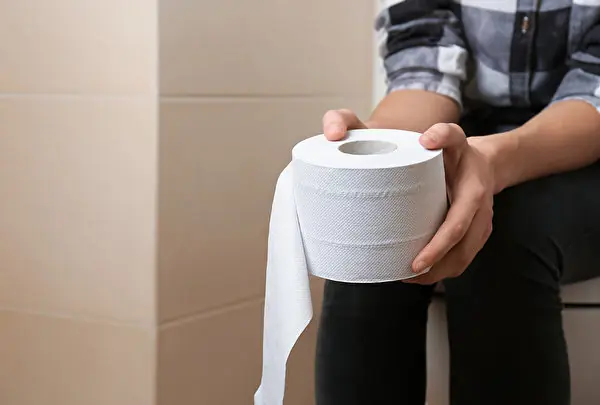
Doctors issue war:ning over everyday bathroom mistake linked to severe medical risks

10 wa.rning signs of str.oke one month before it happens

How does your body change when you drink a cup of coffee every day?

If it’s red, itchy, and smelly twice, your body may be in trouble

This common way of eating boiled eggs can clog your arteries
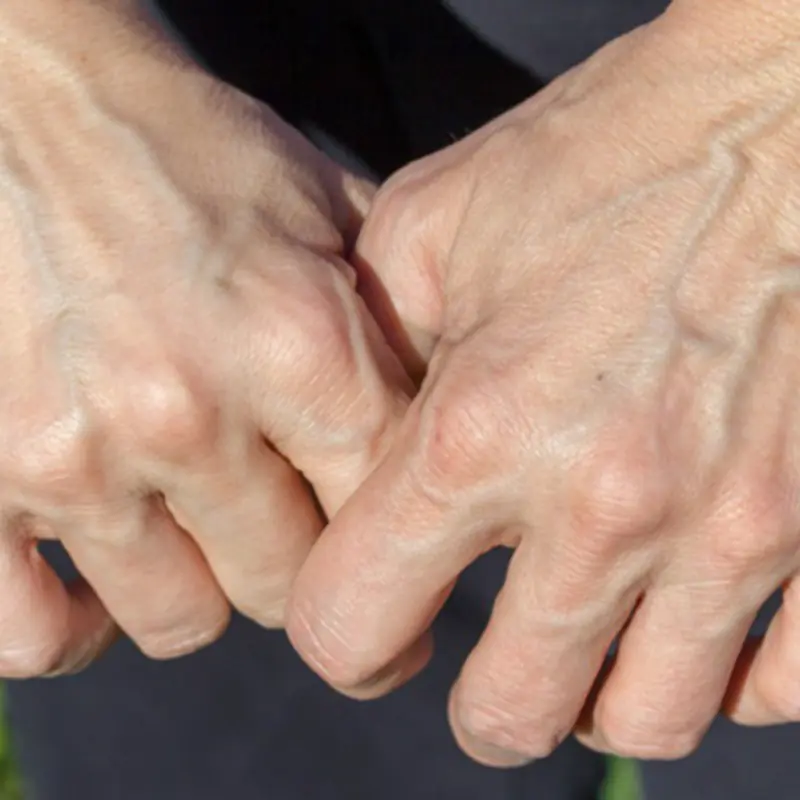
Seeing Prominent, Bulging Veins? Make Sure to Warn Them About These Things
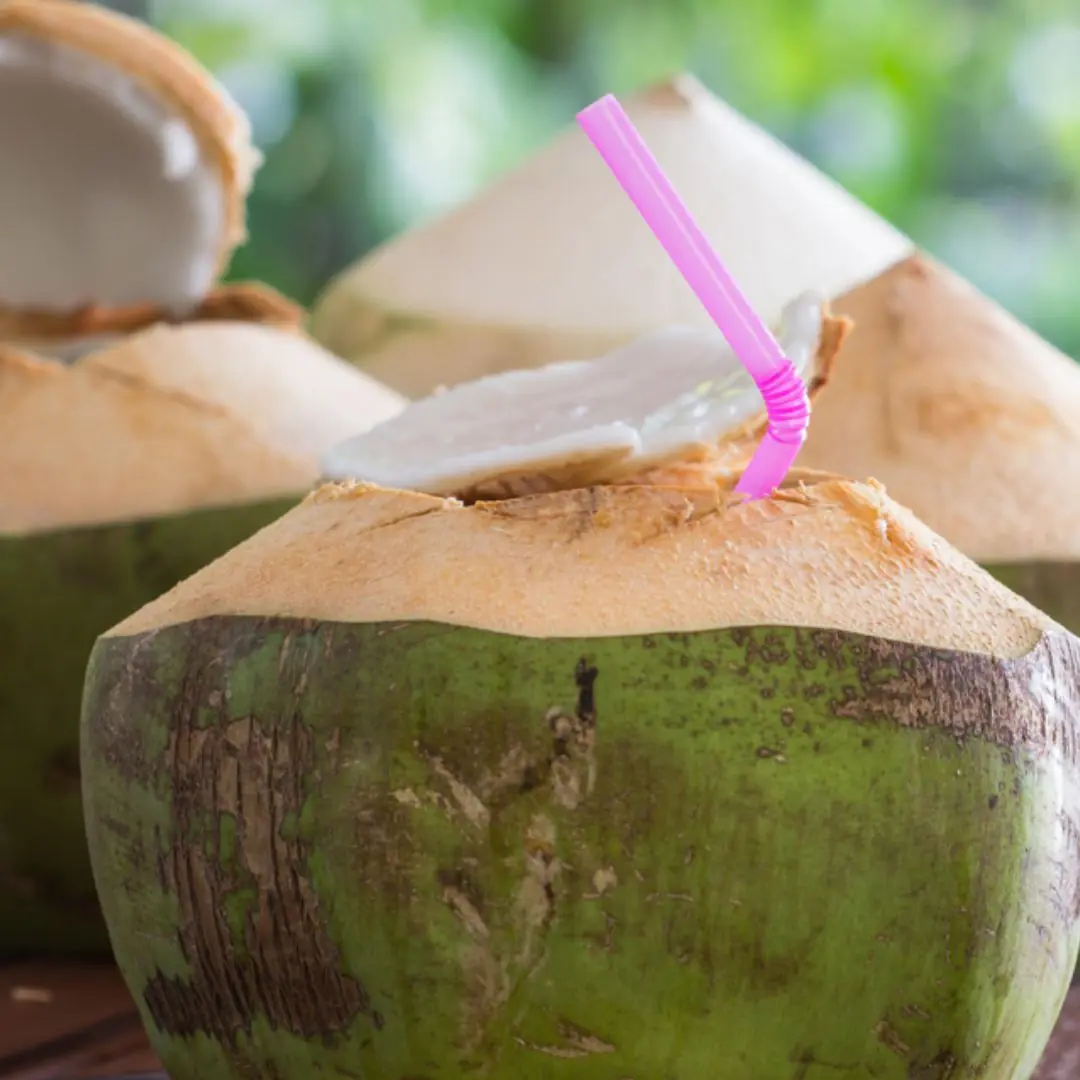
Drinking coconut water continuously will surprise you with the benefits it brings

2 Times You Should Never Eat Bananas — They Could Harm Your Health
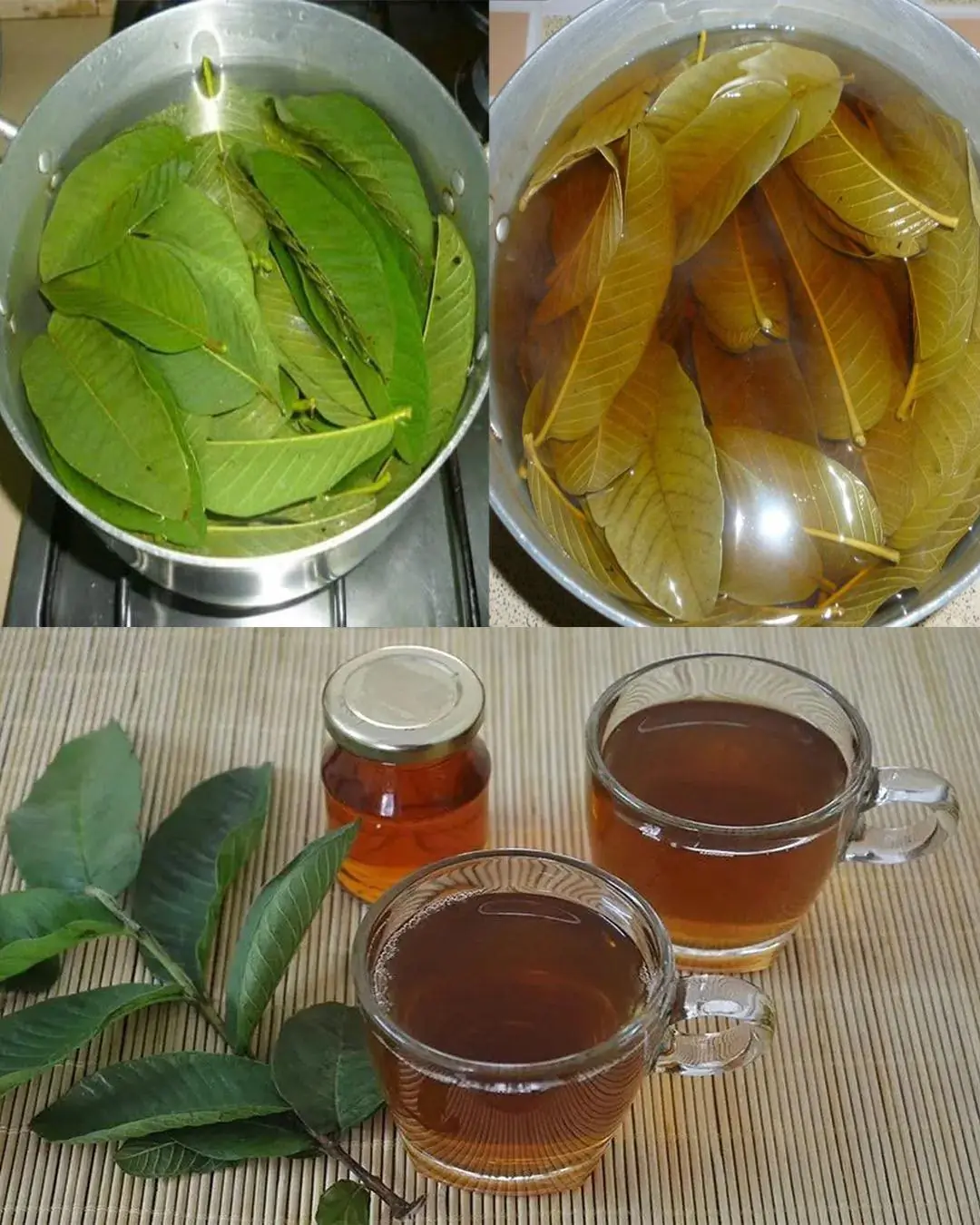
25 Incredible Benefits of Guava Leaves You Should Know
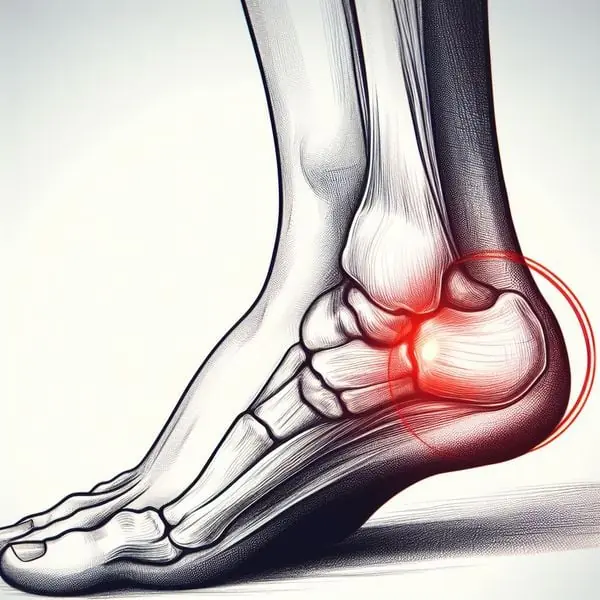
Frequent Numbness in the Legs: What Disease Could Be Behind It?

Se você notar esses 5 sintomas após as refeições, faça uma endoscopia o quanto antes!
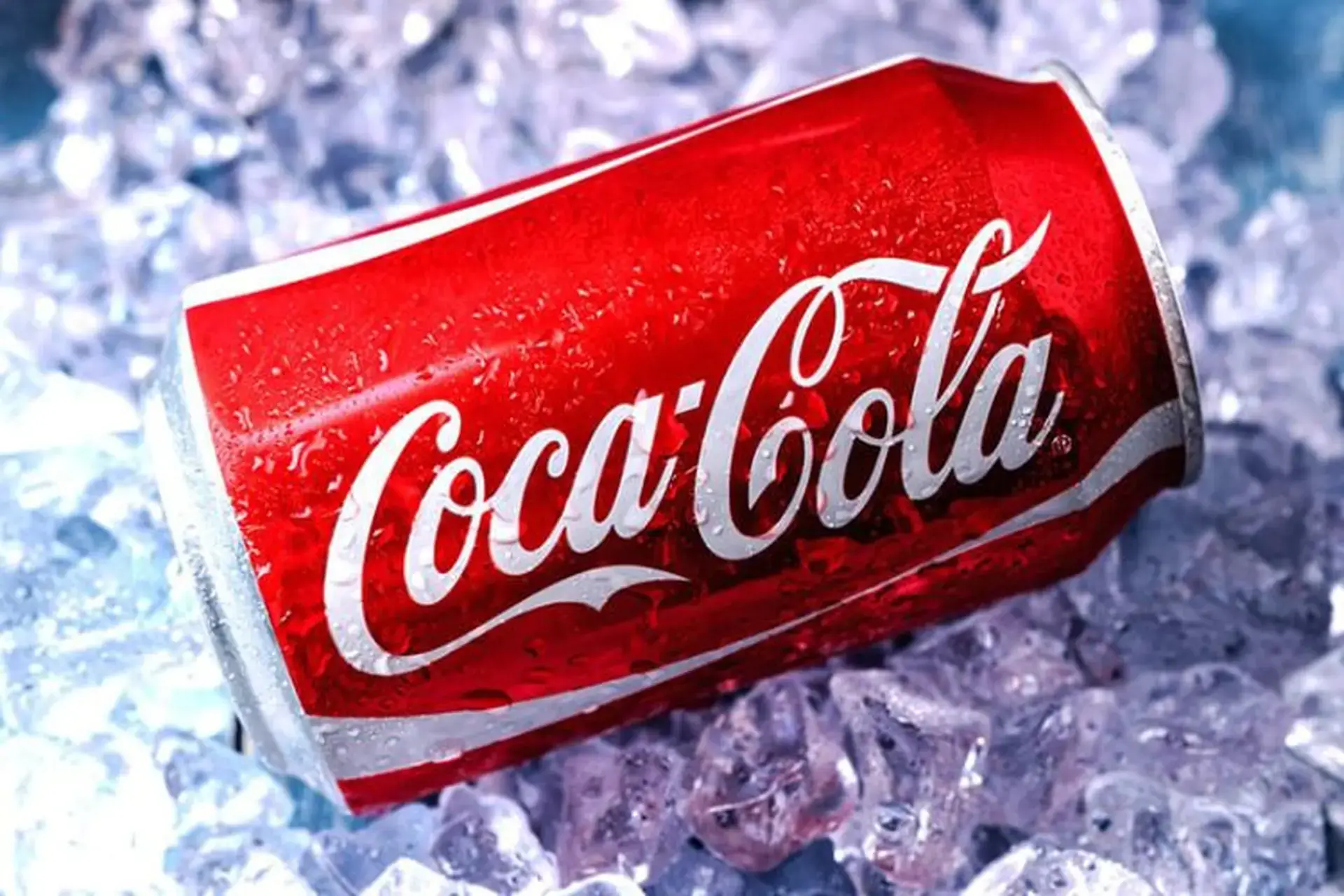
Does Coca-Cola Consumption Reduce Life Expectancy? Surprising Findings Explained

Kidney Patients: If You Forget Things Easily... Read This

Protecting Your Liver Naturally: Vegetables and Fruits That Support Liver Health

Frequent 2–4 AM Wake-Ups in People With Kidney Disease: What It May Mean
News Post

Can humans sense de.ath approaching? Scientists reveal the sh0cking truth

These 10 subtle symptoms could be early signs of blood cancer

Drinking honey at these 4 "golden times" is better than any supplement

Crispy Cauliflower with Herbed Yogurt & Brown Butter

The Surprising Health Benefits of Common Milkweed (Asclepias syriaca): Uses, Nutrition, and Important Safety Warnings

Beware Of Diabetes If You Frequently Experience These 5 Strange Symptoms

Doctors issue war:ning over everyday bathroom mistake linked to severe medical risks

10 wa.rning signs of str.oke one month before it happens

Creamy Seafood Lasagna with Shrimp

How does your body change when you drink a cup of coffee every day?
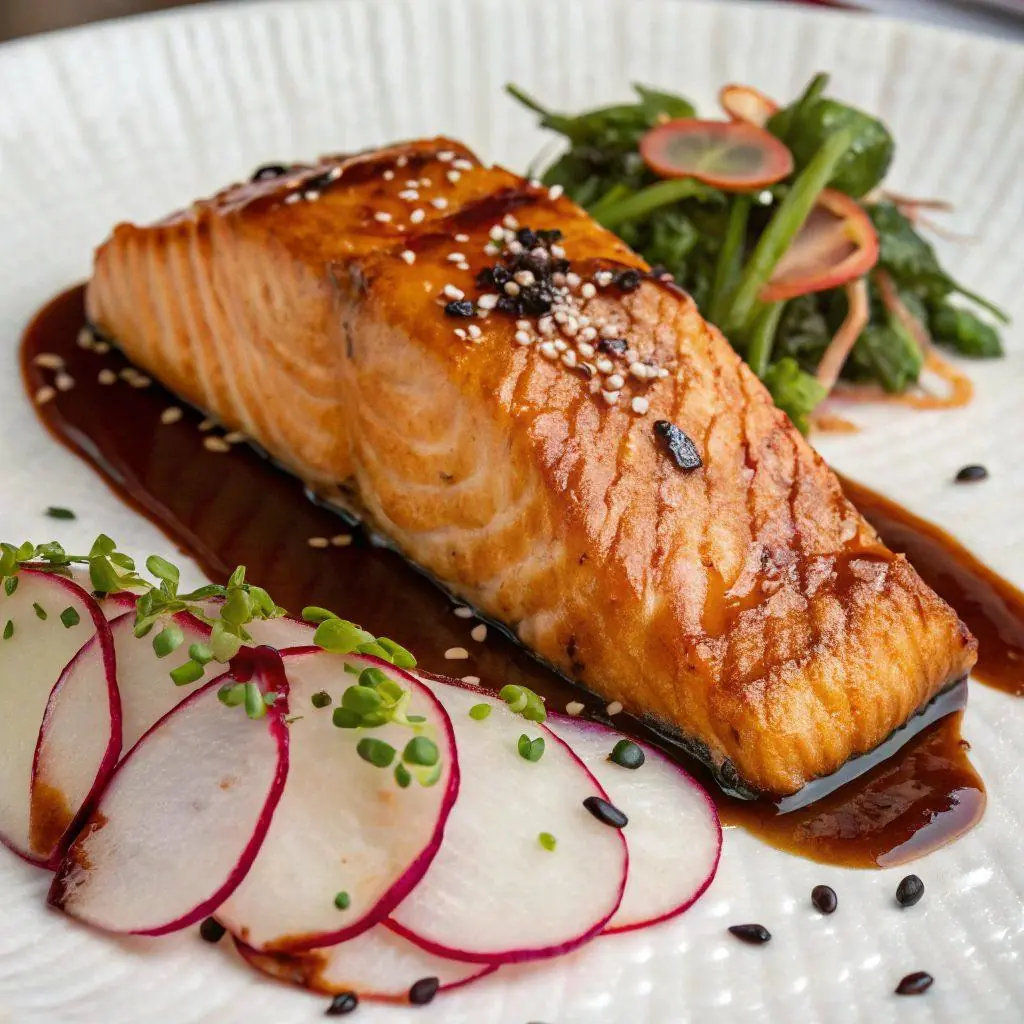
Teriyaki-Glazed Salmon with Radish Slices & Sautéed Greens

If it’s red, itchy, and smelly twice, your body may be in trouble

This common way of eating boiled eggs can clog your arteries
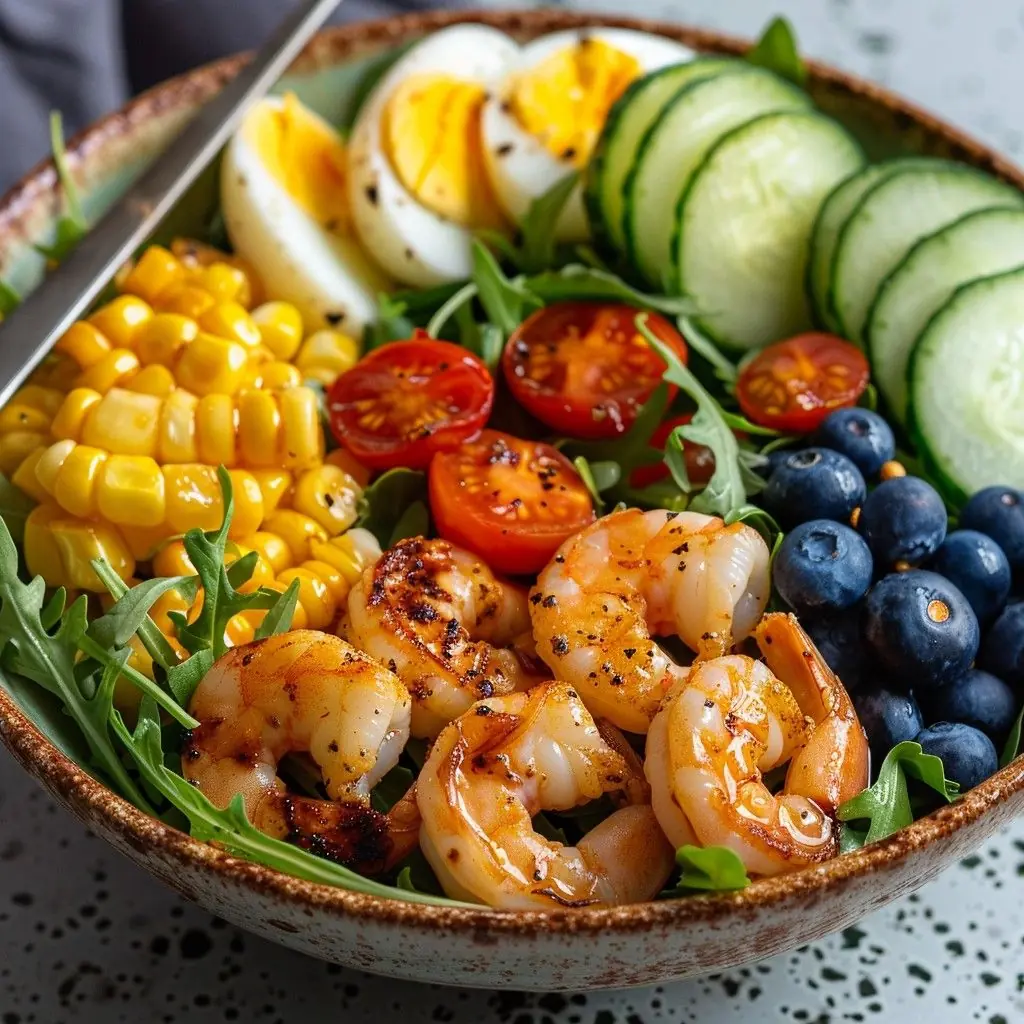
Grilled Shrimp Power Bowl with Eggs, Veggies & Fruit

Seeing Prominent, Bulging Veins? Make Sure to Warn Them About These Things

Why Do Many Foreigners Avoid Using Phone Cases?

Drinking coconut water continuously will surprise you with the benefits it brings

2 Times You Should Never Eat Bananas — They Could Harm Your Health

25 Incredible Benefits of Guava Leaves You Should Know
